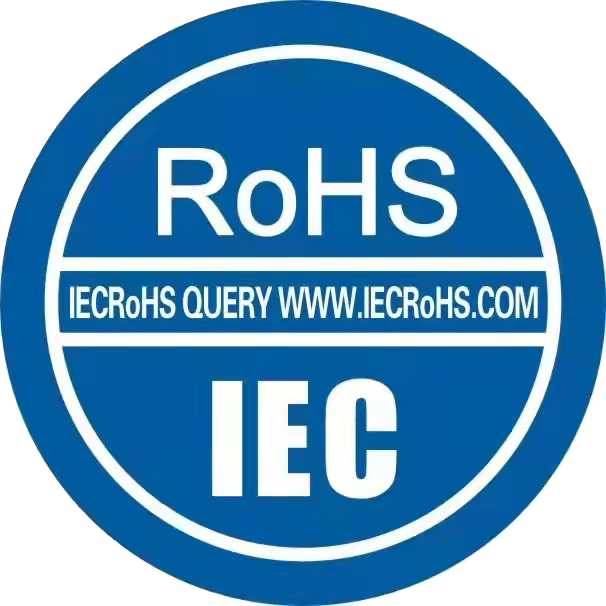SGS Report: What It Is and Why It Matters
SGS reports are essential documents that provide critical information about product quality, safety, and compliance. Whether you’re a manufacturer, importer, or consumer, understanding SGS reports can help you make informed decisions. This article explores the significance of SGS reports, their applications, and how they contribute to global trade and consumer trust.
What Is an SGS Report?
An SGS report is an official document issued by SGS, a globally recognized inspection, verification, testing, and certification company. These reports verify that a product meets specific standards, regulations, or customer requirements. SGS reports are widely used in industries such as food, textiles, electronics, and chemicals to ensure quality and compliance.
Why Are SGS Reports Important?
SGS reports play a crucial role in international trade by ensuring that products meet regulatory and safety standards. They help businesses avoid costly recalls, legal issues, and reputational damage. For consumers, SGS reports provide assurance that the products they purchase are safe, reliable, and of high quality.
Types of SGS Reports
SGS offers various types of reports depending on the industry and requirements. Some common types include product testing reports, inspection reports, and certification reports. Each type serves a unique purpose, from verifying chemical composition to assessing factory working conditions.
How to Obtain an SGS Report
To obtain an SGS report, businesses typically need to submit samples or request an on-site inspection. SGS experts then conduct the necessary tests and evaluations before issuing the report. The process may vary depending on the product and the required standards.
Understanding SGS Report Contents
An SGS report usually includes details such as the product description, test methods, results, and compliance status. It may also feature the SGS logo and a unique identification number for verification purposes. Understanding these components can help stakeholders interpret the report accurately.
Common Industries That Use SGS Reports
SGS reports are utilized across multiple industries, including agriculture, automotive, construction, and healthcare. For example, food manufacturers rely on SGS reports to confirm that their products are free from contaminants, while electronics companies use them to verify compliance with safety standards.
The Role of SGS in Global Trade
SGS reports facilitate smooth international trade by ensuring that products meet the importing country’s regulations. Many governments and customs authorities require SGS reports as part of the import clearance process. This helps prevent delays and ensures that only compliant products enter the market.
How to Verify an SGS Report
To verify the authenticity of an SGS report, stakeholders can use the unique report number to check it on the SGS official website. This step is crucial to avoid counterfeit reports and ensure the credibility of the documentation.
SGS Company Overview
SGS (Société Générale de Surveillance) is the world’s leading inspection, verification, testing, and certification company. Founded in 1878, SGS operates in over 140 countries and employs more than 89,000 people. The company is known for its rigorous standards and commitment to quality, making it a trusted partner for businesses worldwide.
Conclusion
SGS reports are indispensable tools for ensuring product quality, safety, and compliance. Whether you’re a business owner or a consumer, understanding these reports can help you navigate the complexities of global trade and make better-informed decisions. By leveraging SGS’s expertise, stakeholders can enhance trust and transparency in their operations.
Disclaimer
The information provided in this article is for educational and informational purposes only. The content is not intended to serve as professional advice, and readers should consult relevant experts for specific guidance. SGS, the author, and the publishing platform disclaim any liability for actions taken based on the information presented herein.

